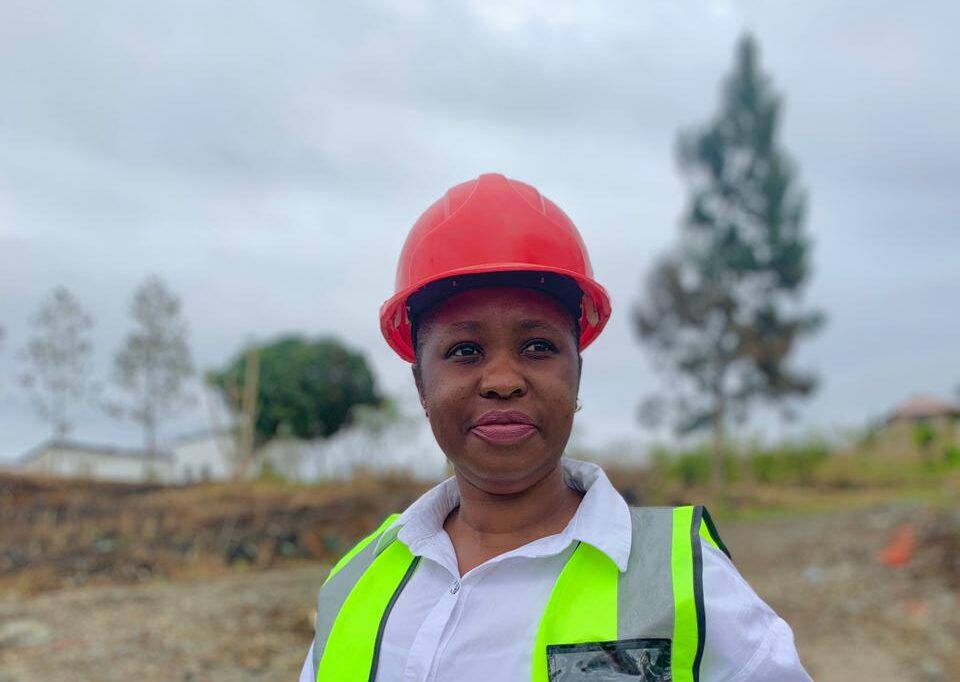Ensuring safety is crucial to prevent accidents and injuries. Proper handling of these tools starts with understanding how to use them correctly. It’s essential that everyone operating machinery is well-trained and follows the manufacturer’s instructions to avoid misuse. Regular maintenance is also key; machinery must be checked and maintained to prevent malfunctions.
Safety compliance means following the rules and regulations designed to keep everyone in the workplace safe. To ensure compliance, it’s important to implement these safety procedures, conduct regular inspections to spot any issues, and provide ongoing training for employees. By making safety a priority and staying informed about the rules, you help create a safer workplace and reduce the risk of accidents.
In a workplace environment, knowing first aid and CPR is crucial for handling emergencies effectively. First aid helps you provide immediate care for injuries or sudden health issues. CPR is a life-saving technique used if someone’s breathing or heartbeat stops; it involves chest compressions and rescue breaths to keep blood and oxygen flowing until help arrives. Having employees trained in first aid and CPR ensures that someone can quickly respond to emergencies, improving safety and saving lives.




